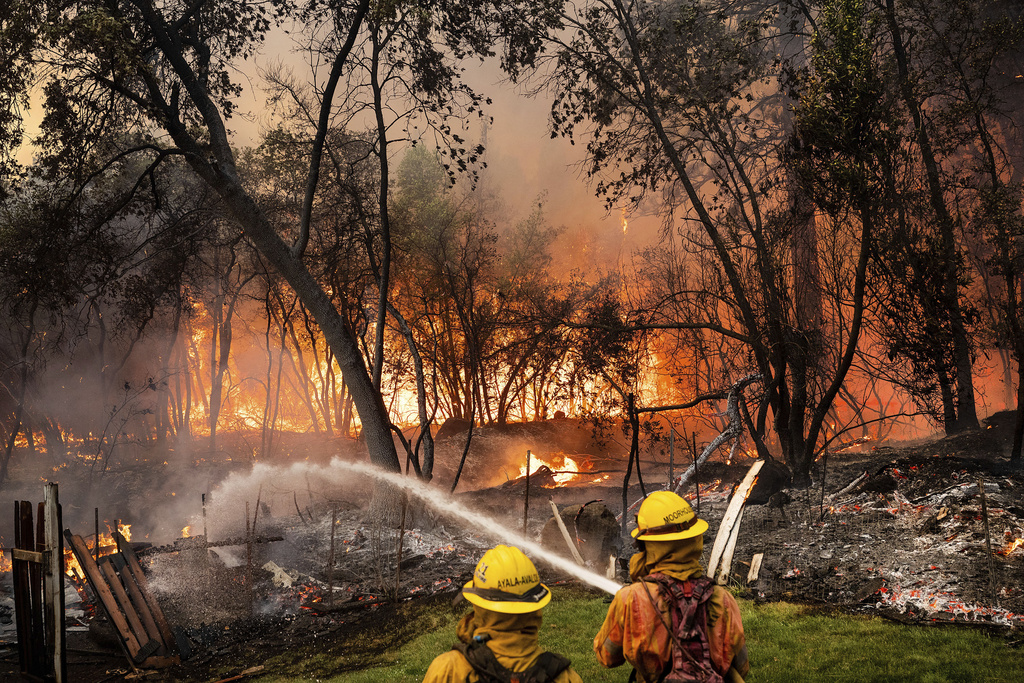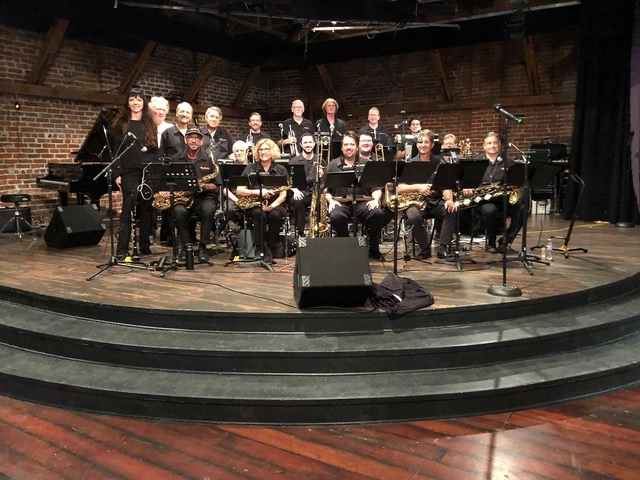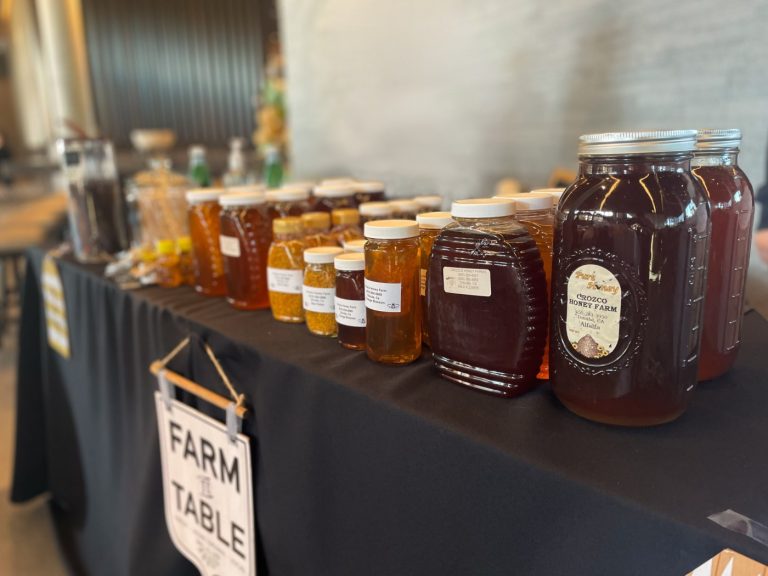In just two days, the Park Fire near Chico exploded into the 20th-biggest wildfire in recorded California history.
Cal Fire on Friday afternoon pegged the size of the fire — the state’s largest this year — at 178,090 acres, overtaking the Marble Cone Fire in Monterey County that blackened 177,866 acres in July 1977. Reliable records go back to 1932, according to Cal Fire.
Believed to have started when a man, now in custody, pushed a burning car into a ravine Wednesday afternoon, the Park Fire spread rapidly amid gusty winds, and flames found abundant dried vegetation uphill — the direction fire travels most easily, said Cal Fire battalion chief David Acuna.
Temperatures nearing triple digits Friday toughened the battle for the 1,600 firefighters attacking the fire ravaging forest and brush, along with isolated communities, in severe terrain in Butte and Tehama counties, said Cal Fire Capt. Dan Collins.
More than 130 structures had burned, according to Cal Fire, including homes, but it was unclear Friday afternoon how many houses were lost.
Related Articles
Cal Fire: Lawn mower caused massive French fire near Yosemite
Here’s where Allstate wants to raise California homeowners’ insurance rates
Watch a tsunami of goats storm down a Berkeley Hills road
How bad are wildfires going to be in California this summer?
Gov. Newsom, fire officials warn of worsening California fire season
As of noon Friday, the fire was zero-percent contained, and humidity was dropping, adding to the conditions, like the plentiful dry grasses and brush that fuel flames, contributing to rapid fire spread.
“The challenges are going to be the fuels, weather and topography, and getting resources into the edge of the fire in some of the areas — it’s challenging for the ground resources to get in there because of the long travel times and the inaccessibility of parts of the fire,” Collins said.
Many more firefighters, engines, bulldozers and water tankers are heading to the Park Fire from all over the state, Collins said.
Across California, wildfires have scorched 467,136 acres this year, almost four times the average by this date over the past five years.
Wetter winters and springs for the past two years helped vegetation grow and kept fires relatively minimal. “However with climate change, including the large amount of heat we experienced in June, and multiple seasons of brush and grass growing with two relatively light fire years, that’s just left a lot of fuel on the ground,” Acuna said.
Winds at the Park Fire were expected to pick up Friday night. “It’s not good,” said Brent Wachter, a fire meteorologist for the U.S. Forest Service. “The nice thing about that is it does bring humidity, too, but there is this transition period — that higher humidity doesn’t do much when the winds are blowing pretty good.”
No deaths or injuries from the Park Fire were reported as of Friday at 1:30 p.m.
Check back on this developing story.












